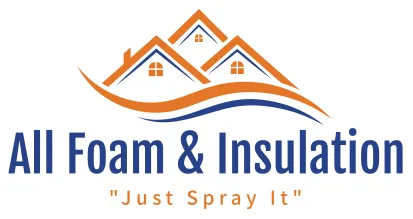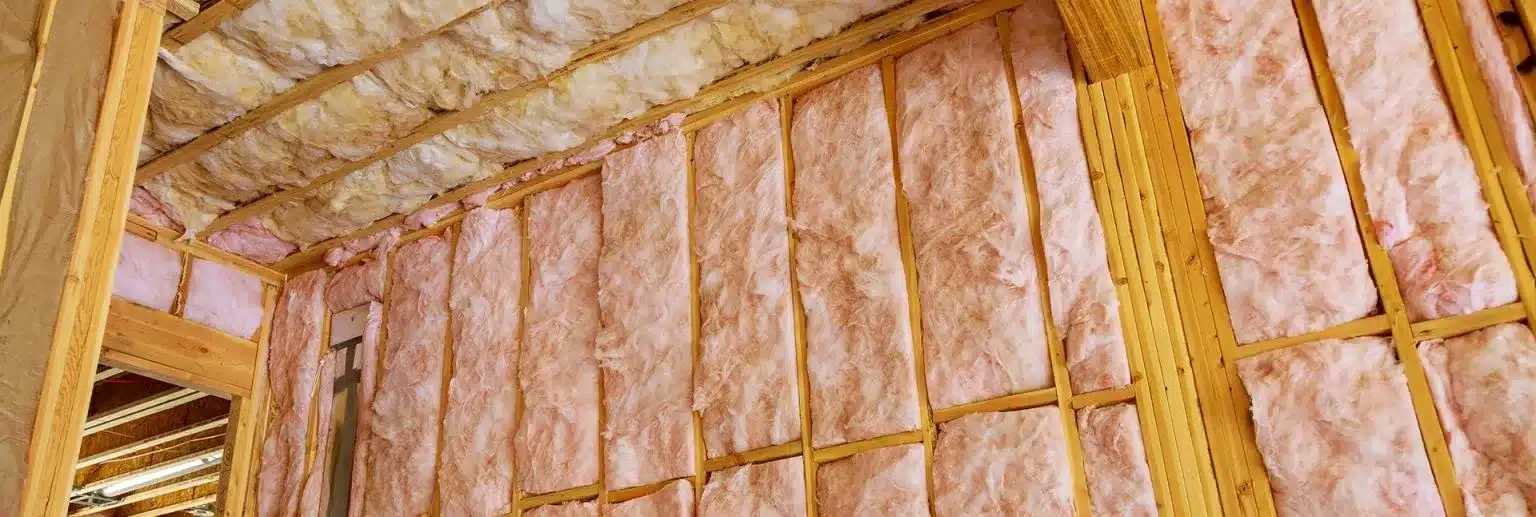Introduction
Installing fiberglass batt insulation is an effective way to enhance energy efficiency, reduce utility bills, and maintain a comfortable indoor temperature. In Phoenix, OR, where temperatures fluctuate seasonally, proper insulation can significantly impact home performance. This guide covers the best methods for installing fiberglass batt insulation, ensuring optimal coverage and performance.
Understanding Fiberglass Batt Insulation
Fiberglass batt insulation consists of pre-cut panels made from fine glass fibers. It is widely used in walls, attics, floors, and ceilings to slow heat transfer and improve thermal efficiency. When installed correctly, it helps maintain consistent indoor temperatures and reduces the strain on HVAC systems.
Benefits of Fiberglass Batt Insulation
- Cost-effective compared to other insulation types
- Easy to install for both professionals and DIY enthusiasts
- Non-combustible and resistant to moisture damage
- Available in various thicknesses and R-values
Preparation Before Installation
Before starting the installation, it is crucial to gather the necessary tools and materials and prepare the workspace to ensure a smooth process.
Tools and Materials Needed
- Measuring tape
- Utility knife or insulation cutter
- Staple gun and staples
- Protective gear (gloves, safety glasses, mask, long sleeves)
- Straightedge or ruler
- Vapor barrier (if required)
- Caulk or foam sealant for air leaks
Inspecting the Area
Check the walls, floors, or ceilings for gaps, cracks, or moisture issues. Address any air leaks by sealing gaps with caulk or spray foam to prevent thermal bridging and maximize insulation efficiency.
Installation Steps
1. Measuring and Cutting the Insulation
Measure the wall cavities or areas where the insulation will be placed. Cut the fiberglass batts to fit snugly without compression, using a sharp utility knife and a straightedge.
2. Placing the Batts in Wall Cavities
Gently press the insulation into place between the studs, ensuring a tight fit. Avoid over-compressing, as this can reduce its thermal resistance. For wider cavities, use additional batts or carefully cut pieces to fill gaps.
3. Securing the Insulation
If the batts come with a facing, staple the edges to the studs at regular intervals. Ensure that the facing is positioned toward the conditioned space to serve as a vapor barrier if required by local building codes.
4. Insulating Around Electrical Wiring and Plumbing
- Wiring: Split the insulation and place half behind and half in front of electrical wires to prevent compression.
- Plumbing: Leave some space around pipes to allow for expansion and to prevent heat loss in cold climates.
5. Installing Insulation in Ceilings and Floors
When insulating ceilings, install the batts perpendicular to the joists for full coverage. For floors, ensure the insulation fits securely between joists, and use support wires or staples to hold it in place.
Addressing Common Challenges
Dealing with Irregular Spaces
For small gaps or irregular areas, cut pieces of insulation to fit snugly. Use expanding foam for hard-to-reach spots to maintain insulation integrity.
Preventing Moisture Issues
In areas prone to moisture, install a vapor barrier if required by code. Proper ventilation is also essential to prevent condensation buildup.
Ensuring Fire Safety
Keep insulation away from recessed lighting fixtures unless rated for direct contact. Maintain clearance around heat sources like chimneys and furnace flues.
Professional Installation vs. DIY
While experienced homeowners can install fiberglass batt insulation themselves, professional installation ensures proper placement and compliance with local building codes. If you need expert assistance in Phoenix, OR, All Foam & Insulation, LLC offers high-quality insulation services. Contact us at (541) 826-9600 or email [email protected] for a consultation.
Conclusion
Proper installation of fiberglass batt insulation enhances energy efficiency and indoor comfort. Whether installing it yourself or hiring professionals, ensuring precise fitting and addressing air leaks are key to maximizing its benefits. For expert insulation services in Phoenix, OR, reach out to All Foam & Insulation, LLC at (541) 826-9600 or email [email protected] for assistance.
FAQs
How much insulation do I need?
The amount depends on the area’s square footage and the recommended R-value for your climate. Use an insulation calculator or consult a professional to determine the right amount.
Can I install fiberglass batt insulation over existing insulation?
Yes, but ensure that the existing insulation is dry and in good condition. Avoid compressing the new layer, as this can reduce effectiveness.
Should I use faced or unfaced insulation?
Faced insulation is best for areas requiring a vapor barrier, while unfaced insulation works well for layering or in spaces where moisture control is not a concern.
Is fiberglass insulation safe to handle?
Fiberglass can cause skin irritation and respiratory issues. Wear protective gear, including gloves, a mask, and safety glasses, when handling it.
How long does fiberglass batt insulation last?
With proper installation and maintenance, fiberglass batt insulation can last 20 to 30 years or more.
Do I need a professional for installation?
DIY installation is possible, but a professional ensures optimal performance and compliance with local codes.


